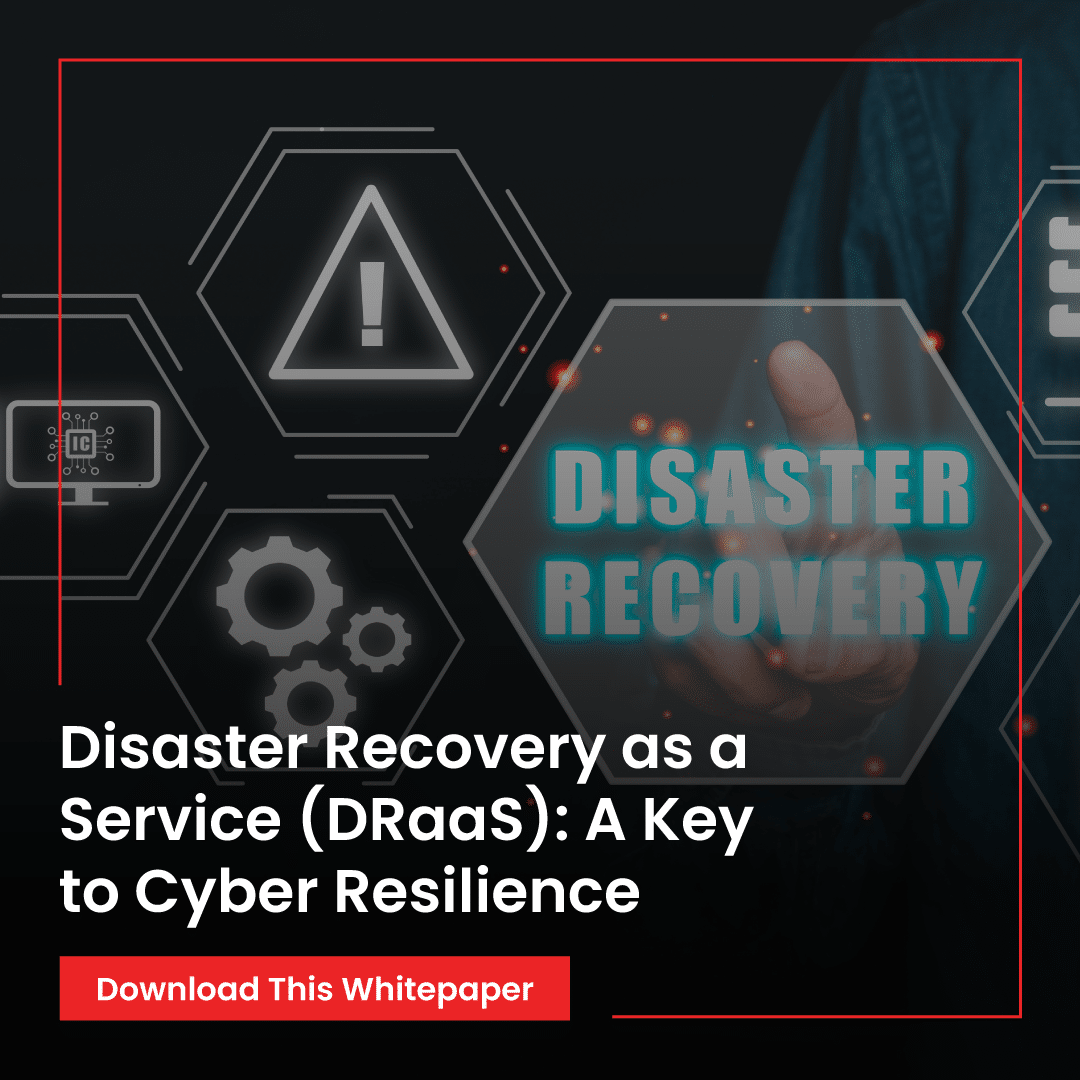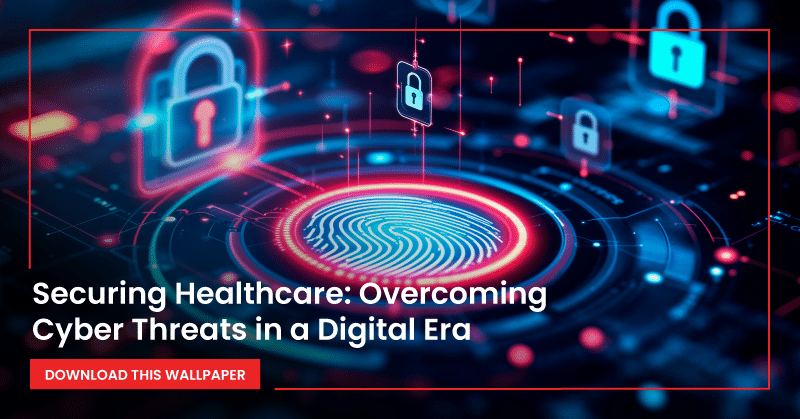Cyber Forensics for Modern Technologies: Tracking Cybercriminals Across Attack Vectors
Cyber forensics, also known as digital forensics, is the application of investigative and analytical techniques to obtain digital evidence for use in legal proceedings or other investigations. It is a subset of both cybersecurity and forensic investigation and involves researching, examining, and collecting digital artifacts for further analysis. Cyber forensic methods are typically used to find and preserve digital evidence from networks, storage, and various types of endpoint devices in a forensically sound manner with the aim of presenting it in a court of law. Cyber forensic experts may also participate in private investigations of security incidents, data loss, and corporate espionage. The dark web, cloud, Internet of Things (IoT), databases, and mobile devices are excellent sources of forensic evidence, as malicious actors often rely on these technologies to carry out cyberattacks or conduct reconnaissance. However, they present a complex set of challenges for forensic investigators when it comes to tracking down suspected cybercriminals and threat actors. This paper reviews the approaches taken by digital forensics experts when investigating cybercrime in the context of the dark web, mobile devices, the IoT, and the cloud, among others. It also explores some of the tools and techniques used to trace suspects and monitor them on the dark web.







